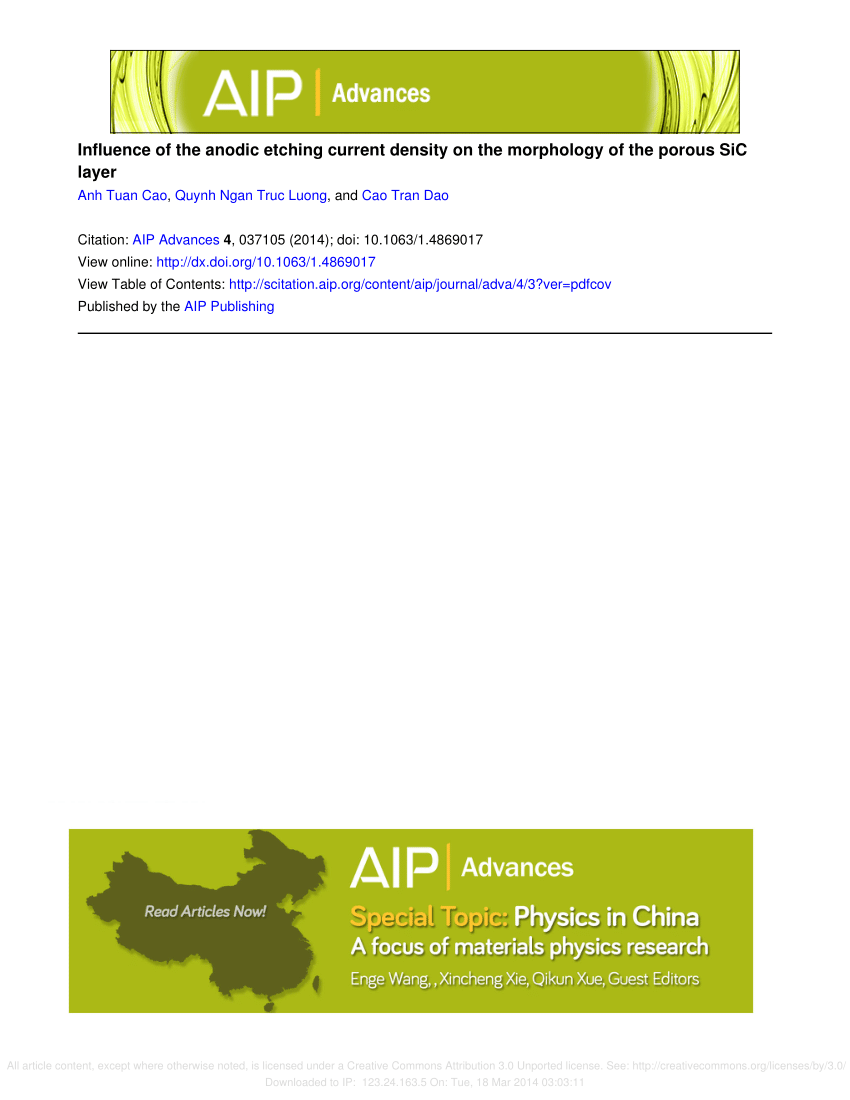Broadband metamaterial linear polarization converter designed by a hybrid neural network with data augmentation
IF 1.4
4区 物理与天体物理
Q4 MATERIALS SCIENCE, MULTIDISCIPLINARY
引用次数: 0
Abstract
Deep learning techniques provide a new approach to the design and optimization of electromagnetic metamaterials. This study used a convolutional neural network and long short-term memory (CNN–LSTM) hybrid network to design and optimize a broadband metamaterial reflective linear polarization converter. The data augmentation method was also employed in few-shot learning to reduce optimization costs and improve model prediction performance. With the inverse prediction, a linear polarization converter that perfectly covers the Ku-band was obtained and fabricated with flexible printed circuit technology. Both simulation and experimental results indicate that this network can accurately predict the structural parameters. The polarization converter not only achieves remarkable broadband polarization conversion efficiency spanning the 2.2–18 GHz range but also maintains precise cross-polarization control across the entire Ku-band. The mean polarization conversion ratio in the Ku-band was calculated to be an impressive 99.69%. Finally, the mechanism of polarization conversion and the influence of each structural parameter on its performance further verify the optimality of the inverse design model. The use of CNN–LSTM deep learning methods significantly simplified the design process of electromagnetic metamaterials, reducing design costs while ensuring high design precision and excellent performance.利用混合神经网络设计的宽带超材料线性偏振转换器
深度学习技术为电磁超材料的设计和优化提供了一种新方法。本研究使用卷积神经网络和长短期记忆(CNN-LSTM)混合网络来设计和优化宽带超材料反射线性极化转换器。在少次学习中还采用了数据增强方法,以降低优化成本并提高模型预测性能。通过反向预测,获得了完美覆盖 Ku 波段的线性偏振转换器,并利用柔性印刷电路技术制造了该转换器。仿真和实验结果都表明,该网络能准确预测结构参数。该偏振转换器不仅在 2.2-18 GHz 范围内实现了出色的宽带偏振转换效率,而且在整个 Ku 波段内保持了精确的交叉偏振控制。根据计算,Ku 波段的平均极化转换率达到了惊人的 99.69%。最后,极化转换机制以及各结构参数对其性能的影响进一步验证了反向设计模型的最优性。CNN-LSTM 深度学习方法的使用大大简化了电磁超材料的设计过程,降低了设计成本,同时确保了高设计精度和优异性能。
本文章由计算机程序翻译,如有差异,请以英文原文为准。
求助全文
约1分钟内获得全文
求助全文
来源期刊

AIP Advances
NANOSCIENCE & NANOTECHNOLOGY-MATERIALS SCIENCE, MULTIDISCIPLINARY
CiteScore
2.80
自引率
6.20%
发文量
1233
审稿时长
2-4 weeks
期刊介绍:
AIP Advances is an open access journal publishing in all areas of physical sciences—applied, theoretical, and experimental. All published articles are freely available to read, download, and share. The journal prides itself on the belief that all good science is important and relevant. Our inclusive scope and publication standards make it an essential outlet for scientists in the physical sciences.
AIP Advances is a community-based journal, with a fast production cycle. The quick publication process and open-access model allows us to quickly distribute new scientific concepts. Our Editors, assisted by peer review, determine whether a manuscript is technically correct and original. After publication, the readership evaluates whether a manuscript is timely, relevant, or significant.
 求助内容:
求助内容: 应助结果提醒方式:
应助结果提醒方式:


